Gavle's Pilot City Activity: Mobilising Gavle Climate City Contract Transport Portfolio (Gavle 3C)

Background
In Gavle Municipality, the transport sector accounts for 63% of GHG emissions, and another 9% comes from construction machines. Although there have been several transport initiatives in the region, scaling these at the local and regional scale for wider impact remains a huge challenge.
Consequently, the Pilot strives to strengthen cross-sector collaboration and implement systematic and multi-scalar approaches to support the decarbonisation of the transport sector. The Pilot focuses on using Gavle’s Climate City Contract platform to establish the City’s Transport Portfolio and create a new collaborative ecosystem of the public sector, business, academia, and civil society. Through this ecosystem, the City plans to test innovative ways of working together towards climate neutrality and establish a foundation for the efficient electrification of large-scale charging infrastructure, primarily targeting road transport.
Gavle3C will work towards solving challenges and barriers related to:
- Knowledge gap on the economic impact and practical effects of the different choices between electrified transport and sustainable fuels;
- Suitable locations for charging infrastructure considering the grid capacity and logistic routes;
- Local and regional policy and regulatory tools needed in the transition to reduce emissions in the transport sector;
- Building a strong local mandate to act;
- Changed attitude towards more sustainable transport solutions;
- Innovative approaches in procurement processes.
Description of Activities
The Gavle 3C Project will focus on the following activities:
- The Gavle 3C will establish the Transport Portfolio platform as a space to connect transport stakeholders, collect, integrate and share transport data, convene collaborative workshops and define innovative projects, share knowledge and resources, and build the community of transport changemakers. The Transport Portfolio will also support the development of a robust deployment plan for charging infrastructure. The deployment plan will consider local transport demand and growth scenarios for electrified heavy transport, map local and regional charging networks, and seek ways to optimise transport infrastructure and align investments.
- Scale up a simulation model to identify and map charging infrastructure and grid capacity needs. Data will be collected from larger transport companies along the main transport routes in the region. This will help to quantify the infrastructure investment needed to develop an investment plan to achieve safe, competitive, and emission-free transport. The needs identified from the Transport Portfolio and outcomes of the simulation model will support policy recommendations and the creation of new governance models.
- Communication activities will connect to regional and national platforms, support the development of new cooperations, and mobilise financial institutions and enablers.
Objective
The objective is to decarbonise the transport sector by building a collaborative transport ecosystem through the Gavle Climate City Contract and optimising the electrification of freight through simulation modelling.
Are the pilot activities building upon or part of a previous and/or existing activity?
The pilot activities build on several previous activities in the city, which it is looking to refine and scale up. The start of a collaboration platform between road transport companies and transport purchasers was initiated in a project performed on a regional level during 2022-2023. The simulation model that will be developed in this project builds on a data model that was applied in two previous research projects related to large-scale charging infrastructure in freight terminals (Terminal to grid), namely Terminal charging of Electric Distribution vehicles (TED) and 100% Electrification.
Lessons learned from previous and current projects looking into digital platforms showing alternative fossil fuel stations, shared commuting platforms, static charging infrastructure, and insights gained from engagements with transport purchasers and companies will be used as an entry point to build upon and strengthen collaboration.
Which emissions domains will the pilot activities address?
Systemic transformation – levers of change the pilot activities will exploit
Stakeholder types that the city would like to engage in the pilot activities
Transferable features of the pilot activities to a Twin City/ies
- Building collaboration across transport boundaries and sectors for wider impact – develop a coherent transport approach (working with logistics transport and electrification solutions at a local and regional scale);
- Transport Portfolio with a governance model for stakeholder collaboration and mobilisation;
- Refining and scaling up an existing simulation model to the local/regional scale (and framework for data collection) to calculate future electricity grid needs in different scenarios;
- Digital platform for shared commuting targeting employers (and shifting behaviours);
- Procurement strategies to incentivise the adoption of low-carbon transport solutions.
This answer is not exhaustive and simply an indicative one.
Enabling conditions that will support the successful replication of your pilot activities in the Twin City
- Skills in sustainable transports;
- Good dialogue with hauliers and transport purchasers that are willing to participate in more sustainable businesses;
- A strong mandate to act;
- Having started to address the access to electrification and/or sustainable fuel infrastructure;
- Access to investors and/or operators to support the implementation of charging infrastructure for Heavy Duty Vehicle (HDV).
This answer is not exhaustive and simply an indicative one.
What does the city want to learn from Twin City/ies?
- Enabling local businesses to find ways to finance and new ways to support transition without being too reliant on grants and subsidies;
- Innovative purchase models and business models that can help companies cover the initial capex cost of investing in new technology;
- Stakeholder analysis for sharing of experiences, contacts, and ongoing projects (not having to reinvent the wheel);
- Experience with local traffic regulations such as zero emissions areas, and similar, as drivers for change.
This answer is not exhaustive and simply an indicative one.

